Major manufacturers, including Stellantis, Volkswagen and BMW, revealed their latest vehicle designs and the technology being deployed in them at the Consumer and Electronics Show (CES) in Las Vegas.
Returning as a live event for the first time post-Covid, more than 115,000 people attended the show, which hosted 3,200-plus exhibitors.
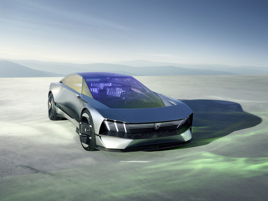 Peugeot unveiled a new concept car, the Inception, which showcased a potential future electric saloon from the brand, based on the forthcoming Stellantis STLA Large platform.
Peugeot unveiled a new concept car, the Inception, which showcased a potential future electric saloon from the brand, based on the forthcoming Stellantis STLA Large platform.
The underpinnings will be used to support a variety of larger cars across the group as Stellantis broadens its line-up of electric models.
Using a 100kWh battery, the Inception promises a range of 497 miles. High-speed charging capability means 93 miles of range can be added in five minutes. The Inception is also capable of wireless induction charging.
Peugeot says the simpler and more refined design language seen on the Inception will be introduced on future models from 2025.
Speaking at CES, Linda Jackson, CEO of Peugeot, said: “Our ambition is simple: to make Peugeot the leading electric brand in Europe by 2030.
“This objective and ambitious vision pave the way for a radical transformation for the brand. It is embodied today in the Peugeot Inception concept which marks the beginning of a new era.”
Ten new electric VWs by 2026
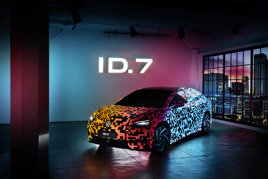
Appearing alongside Peugeot at the show, Volkswagen unveiled the all-electric ID7.
The ID Aero concept vehicle, initially revealed in China, had already provided a preview of the new model, which has a claimed range of 434 miles.
The world premiere of the series production version is scheduled for second quarter of this year.
“With the new ID7, we are extending our electric model range into the upper segments," said Thomas Schäfer, CEO of Volkswagen Passenger Cars.
“The ID7 is one of 10 new electric models that we are planning to launch by 2026. Our goal? To deliver suitable products for our customers in every single segment.”
With its latest model based on the modular electric drive matrix (MEB), the ID7 comes in the wake of the ID3, ID4, ID5 and the ID Buzz, making it the sixth model in the ID family.
Video
Augmented reality windscreen
BMW, meanwhile, made a series of announcements at the show, including the reveal of the BMW i Vision Dee (digital emotional experience). The concept car is able to change colour and comes equipped with an augmented reality windscreen, and a voice assistant.
The BMW head-up display extends across the full width of the windscreen and will be available in its Neue Klasse era of cars from 2025.
The BMW Group has also refined its use of colour-change technology. Having unveiled the BMW iX Flow featuring E Ink, with the ability to change from black to white, at the last CES, BMW i Vision Dee can now let drivers digitally repaint it with 32 different colours.
BMW chairman Oliver Zipse explained that the concept car showcased what is possible when “hardware and software merge”.
“In this way, we are able to exploit the full potential of digitalisation to transform the car into an intelligent companion,” he said. “That is the future for automotive manufacturers and for BMW.”
Mercedes-Benz to launch global rapid charging network
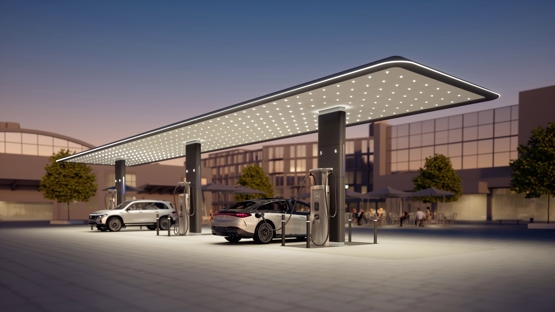
Mercedes-Benz also announced its plan to launch a 10,000-strong global rapid charger network by 2030.
The network will be open to all EVs and the rollout will start in the US this year and is in partnership with MN8 Energy and ChargePoint.
The US network will have 2,500 rapid chargers and 400 charging hubs.
The German premium brand has confirmed that its rapid charger network will be expanded to the European market and China.
It said its new network will be placed at regular intervals close to motorways, major intersections and metropolitan areas and will offer a “premium, sustainable and reliable charging experience”.
The charging hub sites will be paired with food and drink brands and facilities.
Depending on region and location, Mercedes says the hubs offer four to 12 – and ultimately as many as 30 – high-power chargers (HPC) with up to 350 kW charging power.
While the network is open to all EVs, only Mercedes customers will have the ability to reserve a charging spot.
Polestar gains Google maps and autonomous features
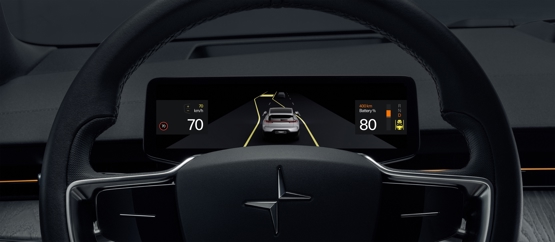
Another highlight at the CES show includes Polestar confirming its Polestar 3 will include Google’s new HD map that will be used with the vehicle’s autonomous features.
Thomas Ingenlath, Polestar chief executive, said the new developments are a result of integrating the Android Automotive operating system (OS) in all of its cars.
Polestar 3 is planned to be the first car in the world to feature Google’s new HD map – a comprehensive map that provides highly detailed and up-to-date road information.
With the HD map, Polestar will be able to combine its vehicle sensor technology and Google’s lane-level and localisation data to facilitate driver assistance features like Pilot Assist, as well as future autonomous driving functionality.
The enhanced level of detail from the HD map can be used for assisted driving computation, improving recognition of details like lane markings and localisation objects, including road signs.
Polestar 2 owners are now also able to control their car remotely using a compatible Google Assistant-enabled device, with the introduction of remote actions.
This enables the ability to check vehicle status and control certain functions like starting climate preconditioning, checking battery status and unlocking doors, amongst other functions. Initially available to users in the United States, functionality will roll out for more markets over time.



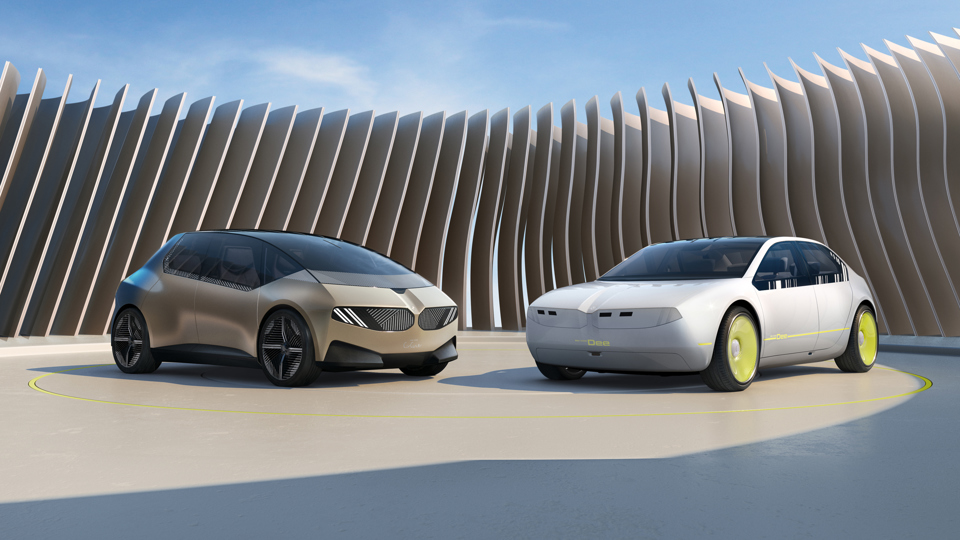
















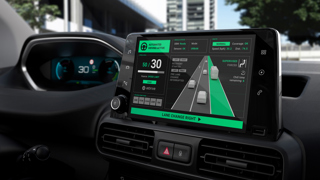
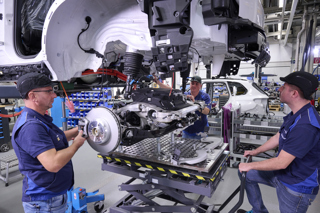
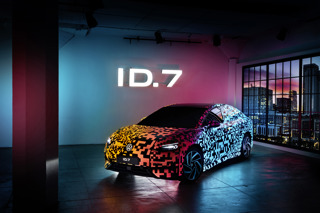
Login to comment
Comments
No comments have been made yet.